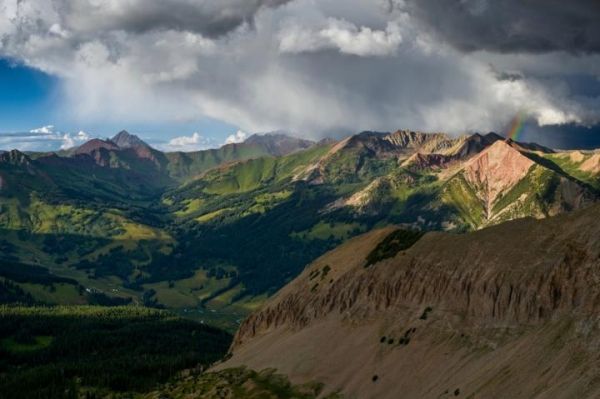In the summer of 2019, Desert Research Institute (DRI) scientist Rosemary Carroll, Ph.D., waited for the arrival of the North American Monsoon, which normally brings a needed dose of summer moisture to the area where she lives in Crested Butte, Colo. – but for the fourth year in a row, the rains never really came.
“2019 had just a horrendous monsoon,” Carroll said. “Just the weakest monsoon. And we’d had a few years of weak monsoons before that, which had really gotten me wondering, how important is the monsoon to late summer streamflow here in the Upper Colorado River basin? And how do monsoons influence the following year’s streamflow?”
Working in partnership with colleagues David Gochis, Ph.D., of the National Center for Atmospheric Research and Kenneth Williams, Ph.D., of Lawrence Berkeley National Laboratory, Carroll set out to explore the importance of monsoon rain in streamflow generation in a Colorado River headwater basin.
The team’s findings, which are published in a new paper in Geophysical Research Letters, point to both the importance of monsoon rains in maintaining the Upper Colorado River’s water supply and the diminishing ability of monsoons to replenish summer streamflow in a warmer future with less snow accumulation.
Read more at Desert Research Institute
Image: A monsoon rain event in the East River watershed of Colorado, a pristine, high elevation, snow-dominated headwater basin of the Colorado River. (Credit: Xavier Fane)


